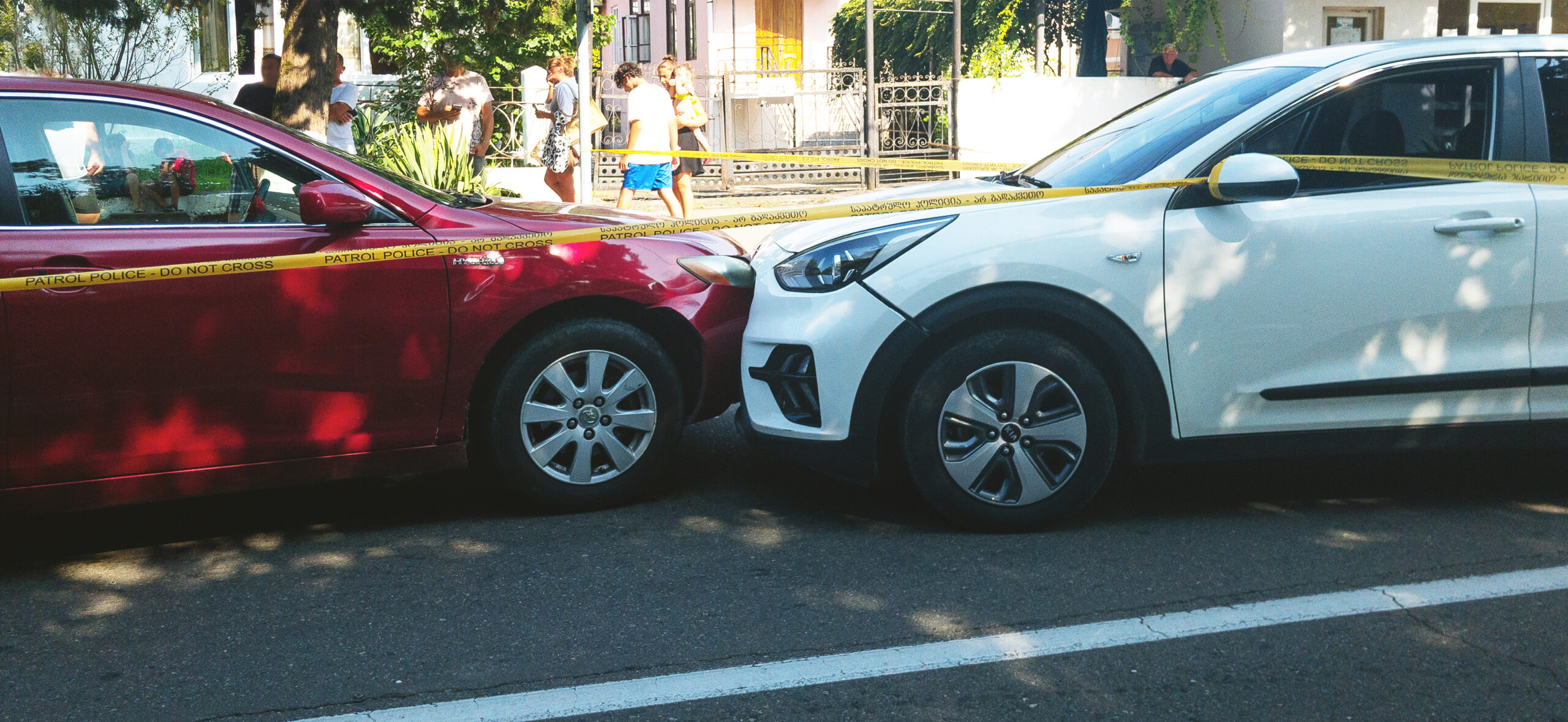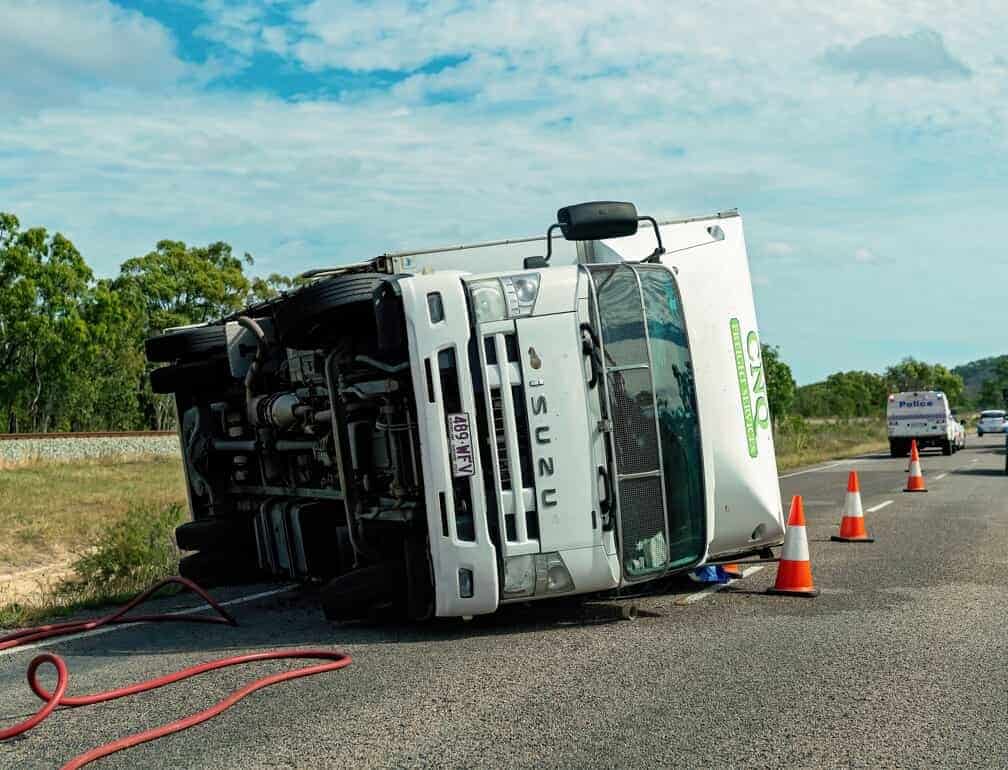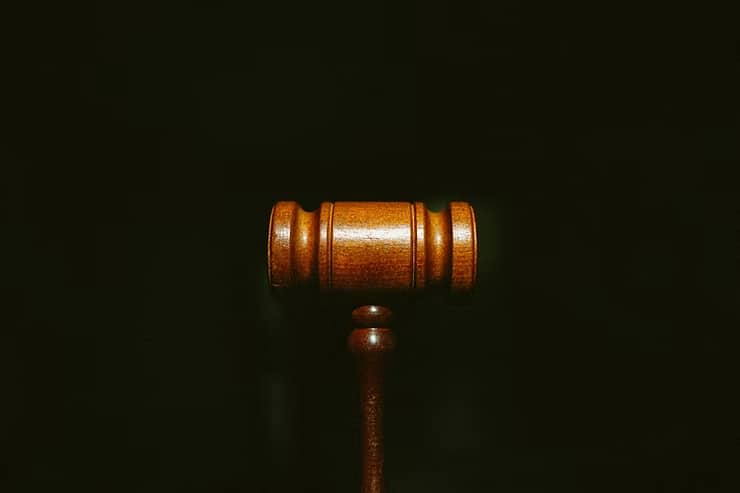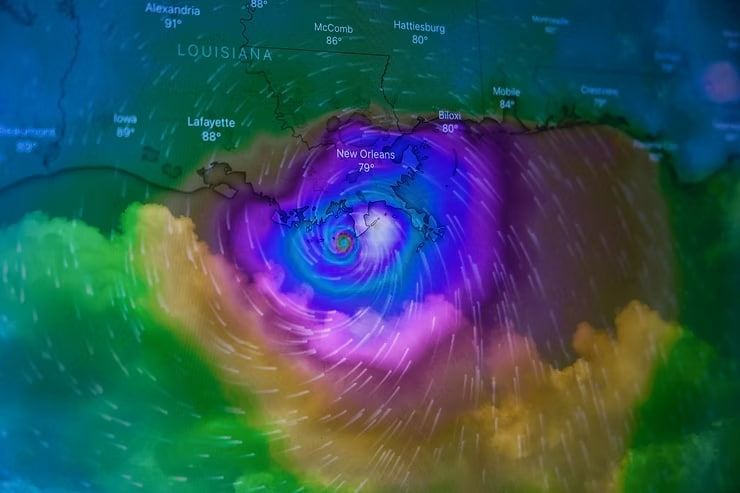How Can Solid Evidence Bolster a Head-On Collision Claim?
Head-on collisions are often the most destructive types of car crashes, often resulting in devastating injuries and substantial property damage. When filing a claim after such an incident, gathering and presenting proper evidence is crucial to establishing liability and securing fair compensation. An experienced Houston car accident attorney can provide the knowledgeable, compassionate guidance you need to reach the best possible outcome in your case.
Why is Collecting Strong Evidence Key to a Texas Head-On Collision Claim?
Chapter 33 of the Civil Practice and Remedies Code establishes the fault system used in Texas car crashes. Under the state’s modified comparative fault system, a plaintiff’s negligence is considered alongside a defendant’s, and it does not automatically bar the plaintiff from recovery. Instead, each party’s responsibility for the damages suffered must be evaluated.
If a plaintiff is 50% or less at fault for the collision, they can recover damages, but the amount will be reduced based on their level of responsibility. However, a claimant cannot recover damages if they are found to be 51% or more at fault for the accident. Providing clear evidence of the other party’s reckless actions that led to the crash is critical to recover maximum damages for a serious head-on collision. The other driver’s insurance will usually attempt to shift some or all of the responsibility for the crash onto the plaintiff to limit their own liability. Countering this tactic with solid proof can protect your claim and ensure you recover the settlement you deserve.
How Does a Police Report Support Your Claim?
One of the most critical pieces of evidence in any car accident case, including head-on collisions, is the police report. Law enforcement responding to the scene will create an official document containing crucial details about the incident. The accident report often includes:
- The exact location and time of the accident
- Statements from both drivers and witnesses
- Preliminary assessments of fault, such as noting if one driver crossed a centerline
- Any citations issued at the scene
Obtaining a copy of the police report should be one of the first steps in building your case. It provides a clear, unbiased account of the incident and can significantly strengthen your claim, especially if it indicates that the other driver was at fault.
Why is Physical Evidence Key to a Head-On Collision Case?
Physical evidence gathered at the accident site can provide compelling support for your claim. This type of evidence is particularly important in head-on collision cases, as it can help reconstruct the events leading up to the crash. Key physical evidence includes:
- Photographs of the vehicles’ positions and damage
- Images of skid marks, debris, and road conditions
- Pictures of any visible injuries suffered during the crash
- Video footage from dashcams, surveillance cameras, or traffic cameras
It’s crucial to gather this evidence as soon as possible after the accident, as it is typically removed and cleaned up quickly to make the roadway safe for traffic again. If you’re unable to collect this evidence yourself due to injuries, consider asking a trusted friend or family member to do so on your behalf. If you or a loved one contacts a lawyer immediately following the crash, they can also ensure this vital evidence is documented and preserved.
What is the Value of Eyewitness Statements?
Eyewitness accounts can bolster your claim by offering an outside perspective on the events leading up to the collision. Witnesses may be able to confirm details such as:
- Which driver crossed the centerline
- Whether either driver was exhibiting erratic behavior before the crash
- The approximate speeds of the vehicles involved
Collect contact information from any witnesses at the scene, if possible. Your attorney can later follow up to obtain detailed statements that may strengthen your case.
Why Should You Collect All Medical Records Relating to Your Accident Injuries?
In head-on collisions, the resulting injuries are often severe and can have life-altering impacts. Comprehensive medical documentation is essential for demonstrating the extent of your injuries and subsequent economic and non-economic damages. Crucial medical evidence includes:
- Emergency room records
- Diagnostic test results, such as MRIs, X-rays, and CT scans
- Treatment plans and medication prescriptions
- Physical therapy and rehabilitation records
- Mental health evaluations, if applicable
Additionally, testimony from medical professionals can provide valuable insights into the serious long-term effects of your injuries, potential future medical needs, and how the injuries may impact your quality of life.
What Technological Evidence May Be Available Following a Crash?
Modern vehicles are equipped with sophisticated technology that can provide crucial data about the moments leading up to a collision. This technological evidence can be instrumental in proving fault. Key sources of vehicle data include:
- Black box recordings, which may contain information about braking, speed, and steering inputs
- Onboard computer systems that log vehicle performance data
- GPS data that can confirm the location and movement of vehicles
Expert analysis of this data, combined with accident reconstruction techniques, can provide a full understanding of precisely how the collision occurred. Accident reconstruction experts can combine this information with physical evidence, vehicle damage patterns, and available data to create a detailed picture of the events leading up to the crash. A reconstruction with an expert’s testimony can prove extremely compelling in a trial situation.
How Can Our Attorneys Support Your Claim?
A head-on collision can have disastrous consequences for your health and future. Recovering maximum compensation is key for your financial stability and future care needs. Given the challenges of head-on collision cases and the importance of thorough evidence collection, consulting with an experienced personal injury attorney as soon as possible after the accident is advisable.A dedicated attorney from Moises Morales Law can help ensure that all necessary evidence is gathered and preserved, guide you through the claims process, and work to secure the full compensation you deserve for your injuries and losses. To schedule a free case evaluation to discover how we can serve you following your accident, contact our firm today at 346-590-6665.




